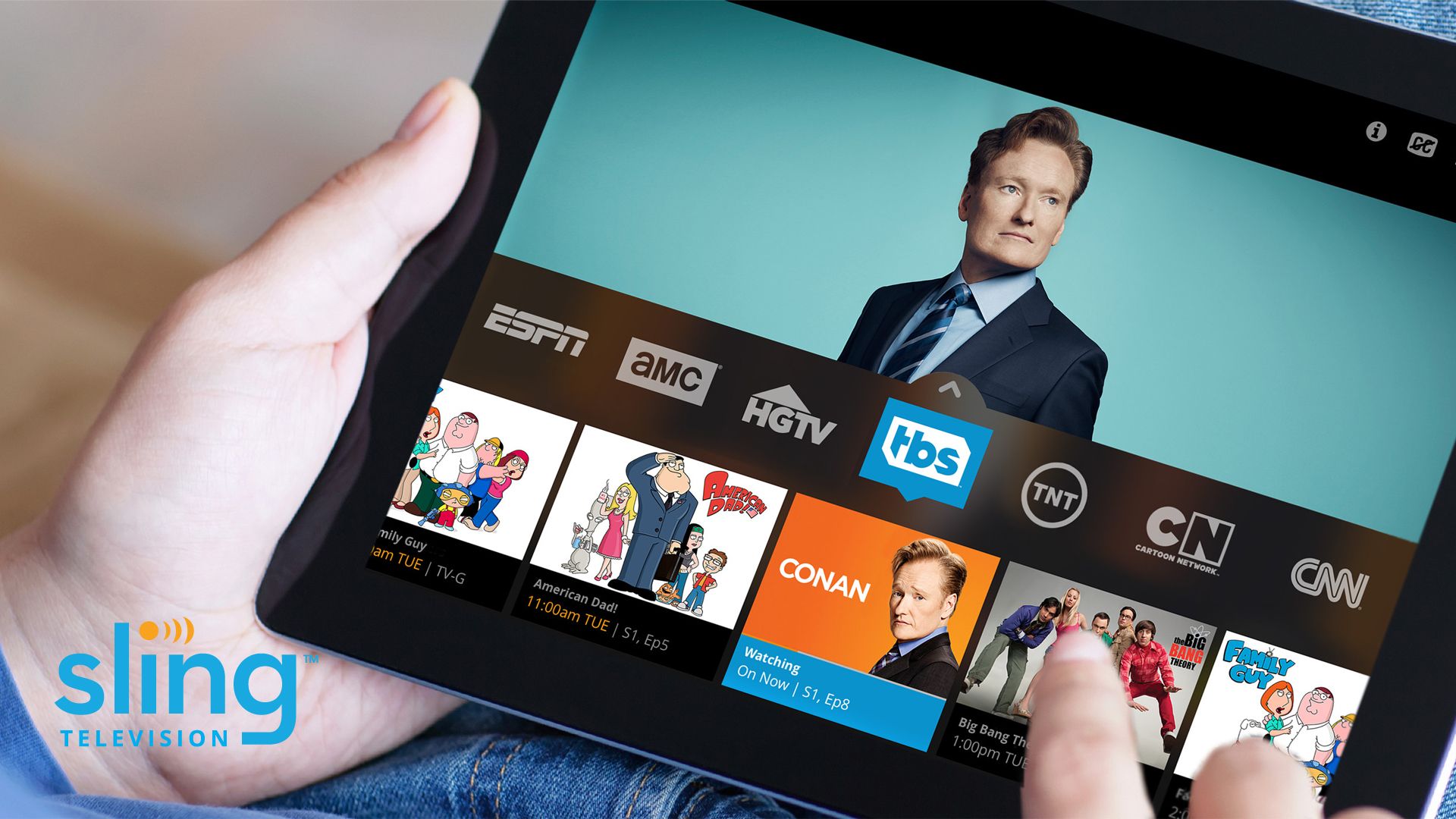Streaming TV Price Hikes: Is This the Future of Entertainment?
Remember the good old days? The days when you could binge-watch your favorite shows for a measly $8 a month, maybe even snag a free trial here and there? Those days feel like a distant, rose-tinted memory now, don’t they? The reality is, streaming services are getting increasingly expensive. We’re facing a wave of price hikes that’s leaving many of us wondering: is this the future of entertainment, or is there a breaking point?

This isn’t just some grumpy rant from a cord-cutter feeling the pinch. It’s a serious conversation about the evolving landscape of how we consume television and the economic realities shaping it. Let’s dive in.
The Great Streaming Inflation: Why Are Prices Climbing?
The price increases aren’t arbitrary. Several factors contribute to the ever-growing cost of our favorite streaming platforms:
-
Content Creation Costs: Producing high-quality, original programming is expensive. Think of the massive budgets behind shows like The Crown on Netflix or The Mandalorian on Disney+. These productions require huge investments in writers, directors, actors, special effects, and marketing. The more original content a platform offers, the higher its costs, and ultimately, its subscription price.
-
Competition: The streaming wars are far from over. With so many players vying for our attention – Netflix, Disney+, HBO Max, Hulu, Paramount+, Apple TV+, and many more – the competition is fierce. Each platform needs to attract and retain subscribers, often by investing heavily in exclusive content, which translates to higher costs.
-
Licensing Fees: Streaming services don’t just produce their own content. They also license shows and movies from other studios. These licensing fees are constantly increasing, adding to the overall cost of running the platform. Think about how much it costs to stream older classics or popular movies.

Inflation and Economic Factors: Let’s not forget the broader economic picture. Inflation impacts everything, including the cost of running a streaming service. From salaries to server costs, everything is more expensive, and those costs are passed on to the consumer.
-
Investor Expectations: Many streaming services are publicly traded companies, meaning they have a responsibility to their shareholders. These investors expect a return on their investment, which often translates into pressure to increase revenue, and price hikes are a common way to achieve this.



The Cord-Cutting Conundrum: Is it Still Worth It?
Many of us cut the cord hoping to save money. We envisioned a world of cheaper, more flexible entertainment. But as prices climb, the dream is fading for some. The question now becomes: are we still saving money by subscribing to multiple streaming services compared to traditional cable?
The answer, unfortunately, is increasingly nuanced. While you might avoid the hefty cable bill, the cumulative cost of several streaming subscriptions can quickly add up. A family might easily find themselves paying $50, $75, or even more per month for a selection of streaming services, approaching or even exceeding the cost of traditional cable packages.